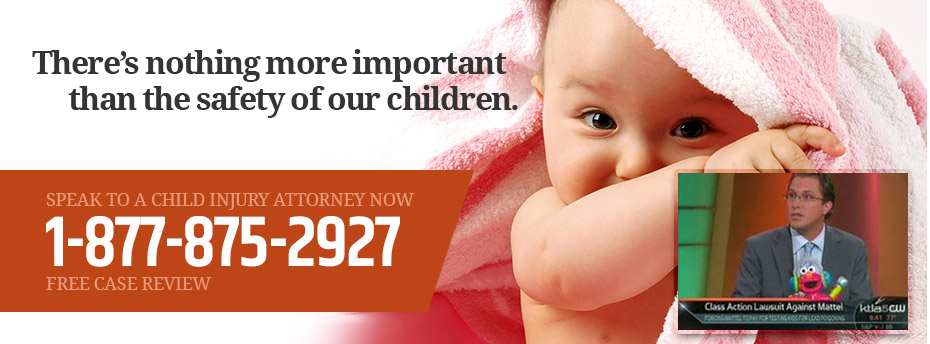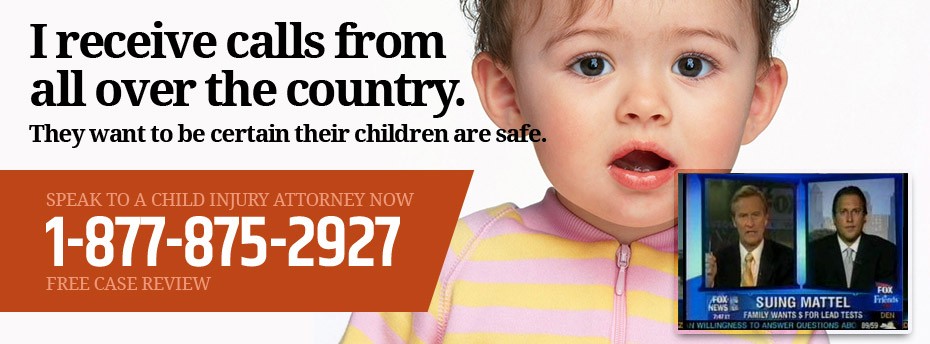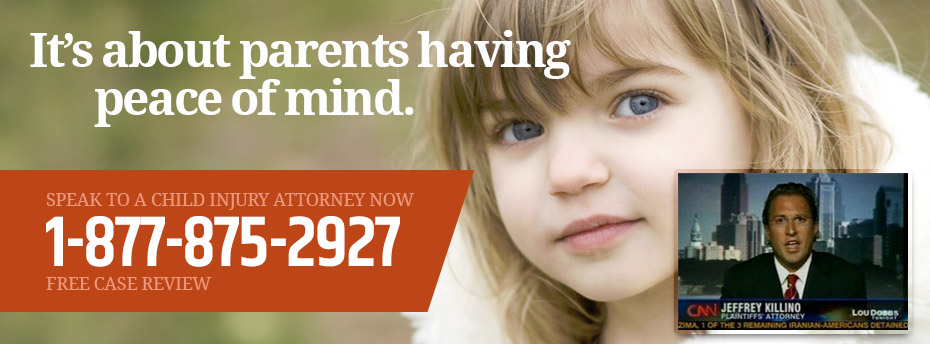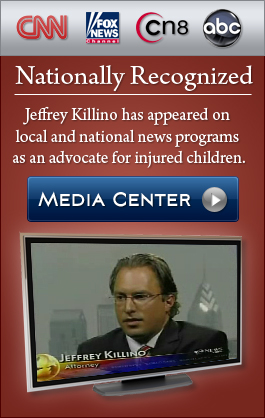Cerebral Palsy is a serious and devastating physical illness. It is a physical disability that causes movement difficulties and muscle stiffness.
It left 16 year old Adam Leon unable to move his right arm, which is a common occurrence for those who are diagnosed with the disease. Due to a stroke that occurred before and after his birth, Adam suffers from cerebral palsy in his right arm and wrist, which has caused the muscles to become stiff, making it almost impossible to move.
However, all hope was not lost for young Adam.
There is no current cure for the condition. On the other hand, people diagnosed with it can receive treatment. Luckily, Adam was able to receive treatment to regain control over his body. In January 2012, Adam started receiving Botox.
Dr. Roberto Lopez-Alberola, a pediatric neurologist from the University of Miami School of Medicine, successfully aided Adam in his muscle treatment.
Once every three months, Lopez-Alberola injects toxin into his muscles using electromyography. With electromyography, he is able to evaluate and record the electrical activity produced by Adam’s skeletal muscles. Which allows him to hear the nerves firing and target the right ones.
“Actually it’s the nerve we’re paralyzing. The muscle that was previously very tight or spastic now becomes relaxed,” Lopez-Alberola explained.
“They put electrodes on my upper arms, and then the doctor injects the syringe full of the Botox,” Adam said. “The machine makes noises. [The targeted muscle] sounds like static,” he added.
Through the injections, workouts in a Kendall gym with a personal trainer, and physical therapy, Adam has been able to regain strength in his arm. This has improved Adam’s life drastically for he is now able to do basic activities which seemed to be impossible at first.
“Before, I felt low. My arm was so stiff and everyone would look at me, but now it’s getting better,” said Adam, who specializes in the mile run. He hopes to continue the treatment “as long as it takes to get equality between my left and my right arms.”
“Now I can carry groceries, I can turn doorknobs, it improves my balance,” Adam said, adding that “it takes a lot of brain power” to learn how to work unused muscles.
Adam’s therapy is one of the many innovative cerebral palsy treatments that South Florida offers. With it, he is able to physically develop his right arm with his left.
“Unfortunately, the Botox treatment, although it’s been used for over 15 years, it doesn’t even yet have the FDA’s approval for children. Yet in the rest of the world, it’s pretty much standard,” Lopez-Alberola said. The injections, along with physical therapy, Lopez-Alberola said, have “made a dramatic impact on the quality of life.”
Lopez-Alberola’s patients range from children as young as 2 to adults up to their early 20s “I have kids that play baseball, ride a bicycle, play gymnastics,” he said.
There are so many lives that are affected by cerebral palsy. It is an illness that makes physical movement difficult. It does not always occur through the arms. Actually, cerebral palsy can occur through the legs and other areas in the body.
Thomas Blood’s six year old daughter Ezabella is one of the many young children who has cerebral palsy in the legs. He hopes that she will be able to walk and run with her peers one day.
When trying to arrange a surgery in St. Louis, he discovered that Dr. Dean Hertzler was doing the exact same surgery at Joe DiMaggio’s Children’s Hospital in Hollywood.
Ezabella had a selective dorsal rhizotomy in February. The surgery procedure is risky yet effective.
A two-inch incision is made at the spinal cord. This incision makes it possible to see the nerve rootlets that control the legs.
With a group of neurophysiologists, Hertzler uses a microscope to example each of the nerve fibers in her legs. Then, he is able to find the sensory nerves that are misfiring and cut them out.
“We separate the bundles and test each nerve ending,” Hertzler explained. “Usually because of the brain damage that has occurred from perinatal issues causing cerebral palsy, these nerves never formed normally so they have these very abnormal hyperactive circuits that are constantly firing and causing really spastic, increased muscle tone,” he added.
“The surgery can change a kid who has trouble just walking across the room because their legs are so spastic to someone who can walk almost normally.”
“Before their legs are almost locked into a posture that’s very hard to move. After surgery you can freely move and bend their legs,” he stated.
Hertzler is one of the many doctors that are helping the many victims of cerebral palsy.
After the surgery, the patient undergoes intensive physical and occupational therapy. This begins in the hospital “to get them moving at a more normal pattern than they were before surgery,” Dr. Laura Willner said.
She is a physiatrist who directs Ezabella’s rehabilitation. For four days a week, her father brings her to physical therapy.
She is able to walk without the walker and we’ve reduced the bracing to one [leg],” Wilner said.
“Before, Ezabella would walk on her tippy toes, her sense of balance was completely off’ and she tripped a lot,” her father said. “Now she has a more fluid motion. She stands upright,” he added.
“The surgery is not a cure for cerebral palsy, but for the right selected children, it eliminates one of the major hurdles they have, which is the muscle spasticity,” Wilner said.
At the Brucker Biofeedback Center, at the Miami Jewish Health Systems, Dr. Fernando Branco treats children with cerebral palsy.
“The difference about the use of biofeedback is that we focus on muscles that are working but could be working better,” Branco stated. “You can’t fix nerves, obviously. What you can do is re train what’s left. You can change how you do a function with the muscles you do have,” he added.
An electrode is placed on a child’s skin on top of a muscle. When it contracts, a jump occurs on a computer screen. Here, the child is able to see their muscles move while following the therapist’s commands throughout the session.
“When you visually send a signal, it’s feeding your brain,” Branco said.
Conclusively, there are several treatment options for this illness in South Florida. Examples of these treatments include selective dorsal rhizotomy, biofeedback, and Botox treatment. Thus, those who are affected by cerebral palsy are now able to take more control over their bodies and their lives.
Although not curable, cerebral palsy is sometimes preventable. Often caused by traumatic brain injury or oxygen deprivation at birth, cerebral palsy can result from a medical mistake or medical malpractice. If your child suffers from cerebral palsy and you believe that your medical team might have contributed to your child’s cerebral palsy or birth injury and consequent condition, you may benefit from legal counsel. Our experienced cerebral palsy attorneys can counsel you through the legal process and help you obtain any compensation you may be entitled to.





